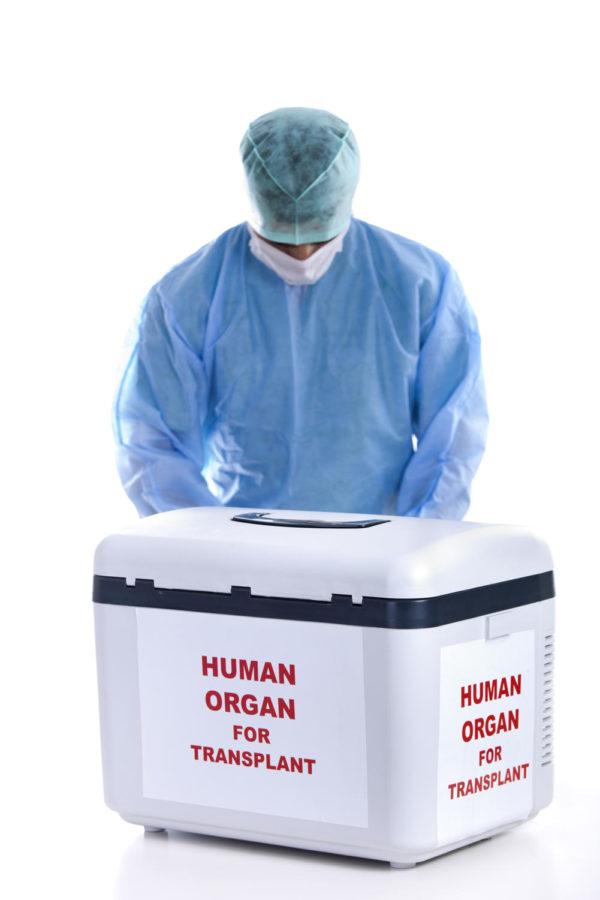Brase: Check yes to being an organ donor
According to the Department of Health and Human Services, over 28,000 transplants were made in 2014. Additionally, another one million people were given cornea or tissue transplants.
September 7, 2015
Saying yes or no to being an organ donor will ultimately make a difference for someone who does not have the option to make that difference.
It’s so much more than just checking a box on your driver’s license forms.
In 2014, more than 28,000 organ transplants were made possible from organ donations. Another 1 million people received cornea and other tissue transplants, according to the Department of Health and Human Services.
The transplants helped people recover from trauma, bone damage, spinal injuries, burns, hearing impairment and vision loss.
There are always two sides to the story: the person who donates and the person who receives the donation.
People who have had loved ones in the hospital may understand what it’s like to be caught in the middle of the two sides by being asked to choose what may or may not be donated.
Speaking from experience, it may be a feeling of disgust or anger when the coordinator for organ donation asks what they can remove once the patient is deceased.
This past summer, my father passed away unexpectedly, and my family and I were asked which parts of his body we wanted to donate.
It felt unsympathetically torturous to think someone could ask such crass questions, as if the doctors were picking apart a frog in anatomy class.
My father said yes to being an organ donor on his driver’s license, so we wanted to abide by his wishes.
We chose to donate his corneas because he had the most beautiful eyes.
Granted, corneas are the see-through layer on the front of the eye, but donating something so precious meant giving eyesight to someone who is alive and in need.
The United States Transplant Foundation reported that corneas are the most common transplants in America.
Many people need help, so if you can give that gift to someone, you should.
Nothing can repay for the loss of my father, but receiving a letter in the mail from the recipient of his corneas made me feel a sense of closure because we did something my father wanted.
In a way we got to pay forward his wonderful life.
Organ donors are found through a computer system based on the severity of the illness, blood type, medical history, geographic location and the length of time the recipient has been waiting for a transplant, according to the Department of Health and Human Services.
The system does not favor celebrities, a certain race or family with a higher income.
When a match exists, it is accomplished by the criteria needed for the transplant without any extraneous circumstances.
The American Transplant Foundation states that once a person is deceased, organs such as the heart, liver, kidneys, lungs, pancreas and small intestine can be donated.
Tissue like the corneas, skin, veins, heart valves, tendons, ligaments and bones can also be contributed.
People sometimes forget that donors do not have to be deceased in order to donate.
Living donors can offer a kidney, a part of their liver, lung, intestine, blood or bone marrow. More than 6,000 living individuals donate every year, according to the American Transplant Foundation.
Even some ISU students have joined the cause.
Josh Forest, freshman in computer science, has donated more than a gallon of blood in less than two years for LifeServe.
Donating organs or tissues is an important aspect in maintaining a human being’s life.
If people want to donate, but are worried about their past medical history, they should still say yes to being a donor.
A doctor can thoroughly check the history to see if a person is applicable to donate.
Someone is added to the national transplant waiting list every 12 minutes.
This is why you should always say yes to being a donor.







